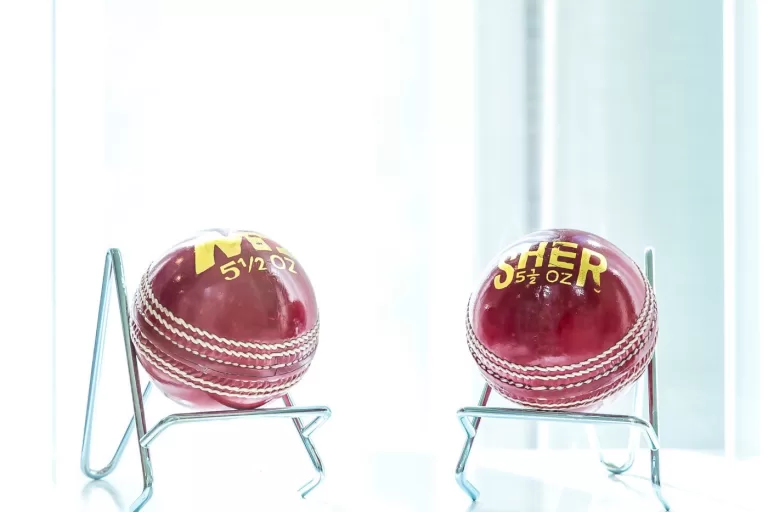The PCB’s decision to overhaul its domestic structure could have far-reaching consequences for the future of sports in Pakistan…
With the number of teams in the domestic set-up drastically reduced, banks and departments were first on the guillotine – encouraged to continue supporting tournaments in a sponsorship capacity instead. The pool was narrowed to six teams, each representing a region of Pakistan: Sindh, Southern Punjab, Central Punjab, Northern Areas, Khyber Pakhtunkhwa, and Balochistan.
Within these regions are 90 city cricket associations, each responsible for the management and development of cricket in its respective territory. In the tier below these city associations are clubs, scheduled to participate in inter-club competitions. The PCB also expressed its desire to make every association under this umbrella autonomous and self-sustainable.
🚨JUST IN🚨
Ambitious and competitive 2019-20 domestic cricket season unveiled
MORE: https://t.co/flHPtxxxIg#QEA19 #NationalT20Cup #PakistanCup pic.twitter.com/KUpgufnihf
— Pakistan Cricket (@TheRealPCB) August 31, 2019
Historically, all cricket in Pakistan has been controlled, managed, and developed by the PCB. Despite the presence of regional associations, including the Lahore Regional Cricketing Association (LRCA) and the Karachi Regional Cricketing Association (KRCA), all tournaments were overseen by the governing body. This restricted the amount of work available to those employed by local cricketing authorities and starved them of an incentive to scout and nurture top talent.
The new format calls for greater accountability within these regions as the PCB, despite limiting its role in day-to-day activities, will continue to review their progress. As result, the central board will allow these associations the freedom to function on their own terms while completing regular audits to ensure standards are being met. If any striking deficiencies are found, sanctions will be dished out. This is very similar to the system used in Australia and England, two countries championed for their domestic structure.
"We believe this structure will not only help the PCB raise a team that can play in the 2021 Test championship final but also give an opportunity to talented and skilled cricketers to represent Pakistan in the purest format of the game" – Wasim Khanhttps://t.co/Pj1yJHqNXI
— ESPNcricinfo (@ESPNcricinfo) August 31, 2019
Clubs are accountable for clubs and cities for their cities – with success in those tiers allowing you to progress to the provincial level. This is called an athlete pathway. It defines the structure an athlete must advance through to pursue a sporting career. As it stands, aspiring sportspeople in Pakistan are left isolated. Even cricket, our most publicized sport, has lacked a clear pathway – especially since the turn of the century. Clubs have died out, players have relied on either nepotism or raw talent, and many have been left wondering what could’ve been.
However, the new structure offers more clarity. You play for your school and/or club – and if you do well, you progress to inter-city competitions. If you’re under 19, you play at that level. Once you’re deemed good enough at the inter-city stage, you advance to the first tier. Match fees have increased, and the first XI/second XI format puts a greater emphasis on individual player performances. Do well there and you deservedly make your way to the national team. Pakistan’s domestic structure has needed such transparency for a very long time. Similarly, players nearing retirement have been promised the the tools to become coaches, managers etc. This forms a cycle, and a very positive one at that.
Reduction of the number of teams, Rise in pay, De-centralisation, Improvement of pitches, Live telecast, Change in balls, etc. – Pakistan domestic cricket undergoes massive revamp. @aayushputhran has more: https://t.co/CmtYekKrM5
— Cricbuzz (@cricbuzz) September 1, 2019
Of course, all this has yet to be implemented. Wasim Khan, the PCB’s managing director, conceded that the new system will need tweaking – but assured the country that it’d be built on merit. It’s always easier said than done, but as many around the country will point out, the PCB’s plan is intuitive enough to be an undergraduate student’s term project. It’s reminiscent of what those pursuing sports management degrees learn in their 101 classes, and this raises some valid questions over why Pakistan has taken so long to catch up.
Such a statement isn’t meant to undermine the initiative, but rather emphasise that quality over quantity is merely one step in the right direction. The easy part has been done and the hard work starts now, with the commencement of the domestic season. How the board’s supervision rewards the deserving and displaces the undeserving going forward will be crucial.
In a bid to bridge the gap between domestic and international cricket, the PCB will be implementing Kookaburra balls in the upcoming domestic cricket season, which begins on 14 September.
READ MORE 🔽https://t.co/l52oGflFnR pic.twitter.com/ea9gsRNrx9
— Pakistan Cricket (@TheRealPCB) September 6, 2019
Simply put, the PCB’s success (or lack thereof) in upholding these values could redefine the country’s sporting institutions. Many sports in Pakistan are struggling and a performance-driven structure could be a game-changer across the spectrum. On the contrary, this gleaming future could turn very dark if the wrong people assume power. Cricket, among other sports, must be protected from human leeches who have no intention of promoting internal growth and helping athletes fulfil their potential.
The new domestic cricket structure could usher in a new era for sports in Pakistan or prove to be another source of false hope. If it’s the latter, it’ll simply add to what has now become a how-to guide on tarnishing an entire country’s sporting history and potential. The PCB and everyone involved at an organisational level needs to ensure the former occurs – not just for the betterment of cricket within the country, but sports as a whole.
